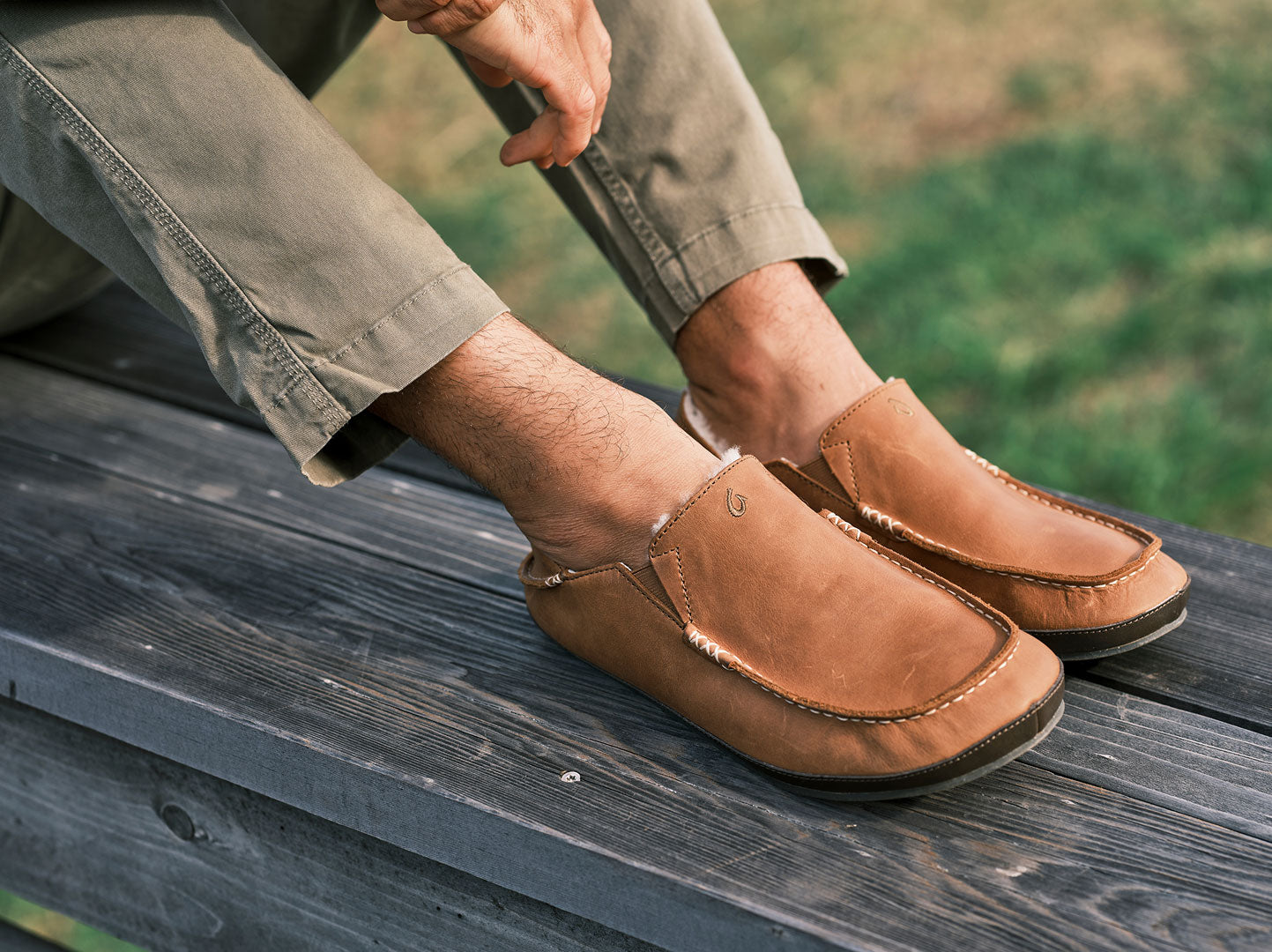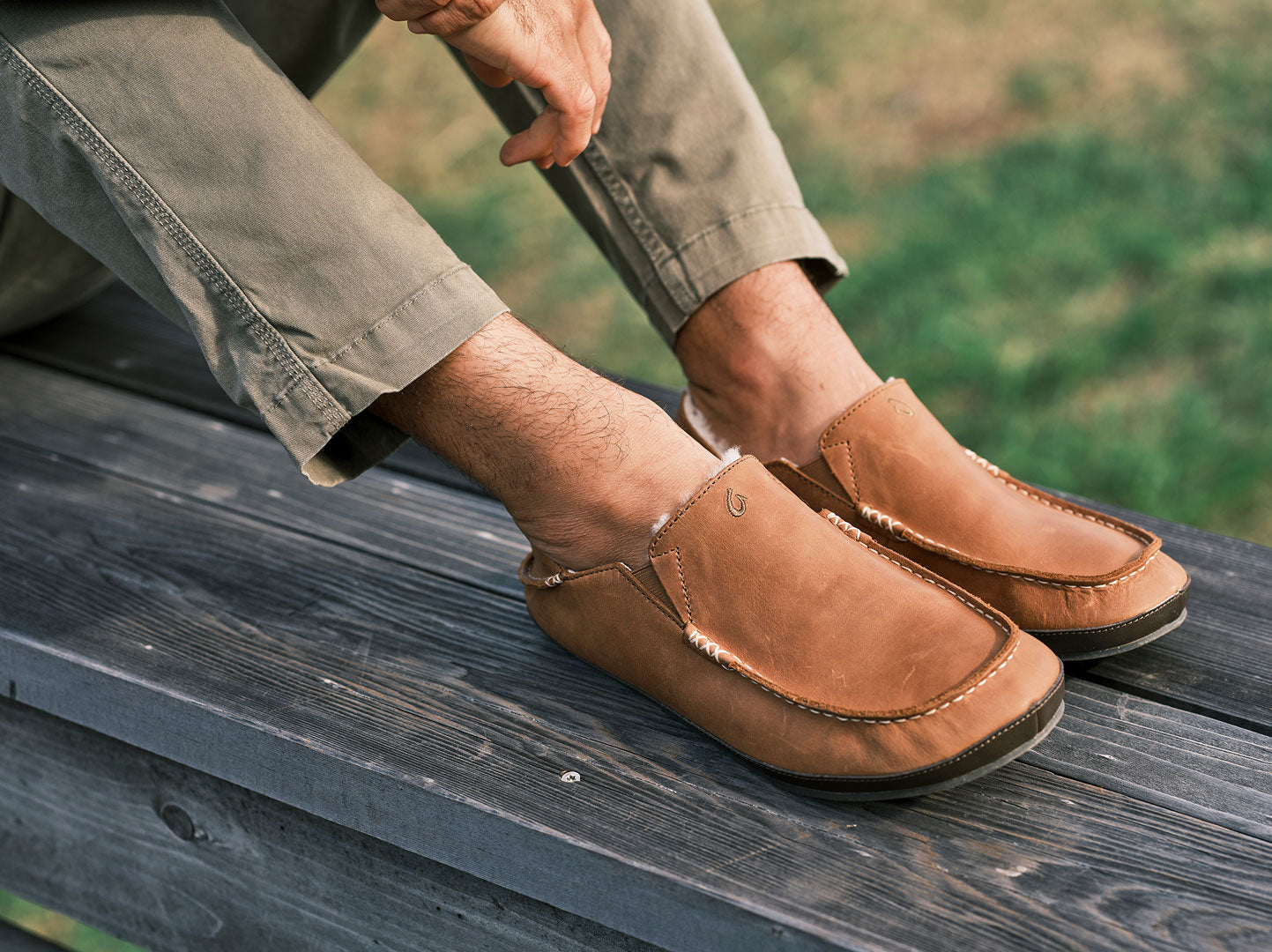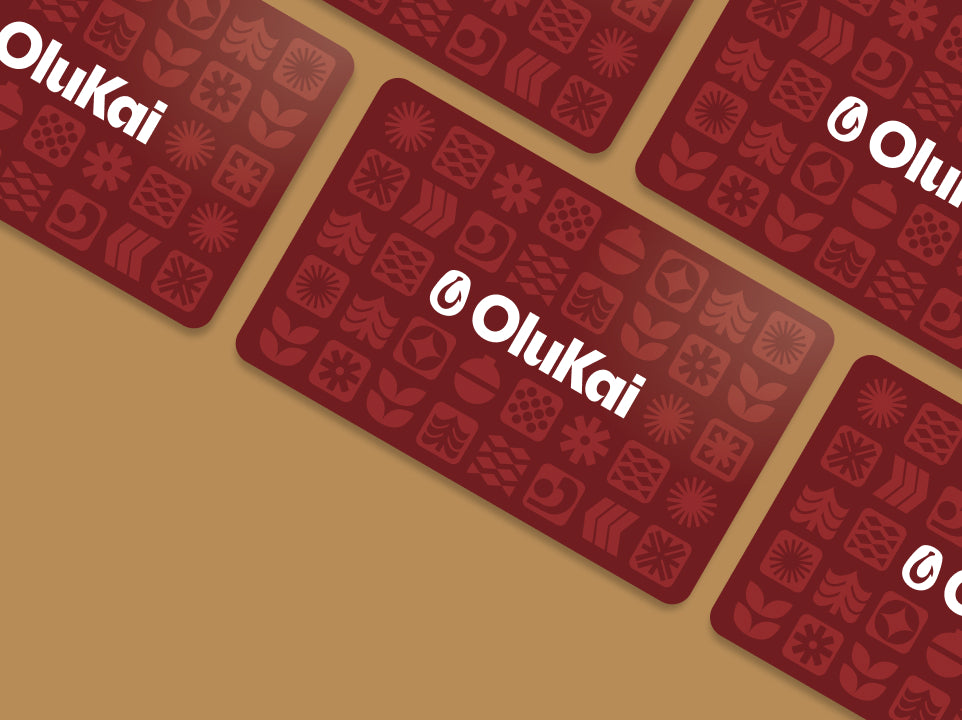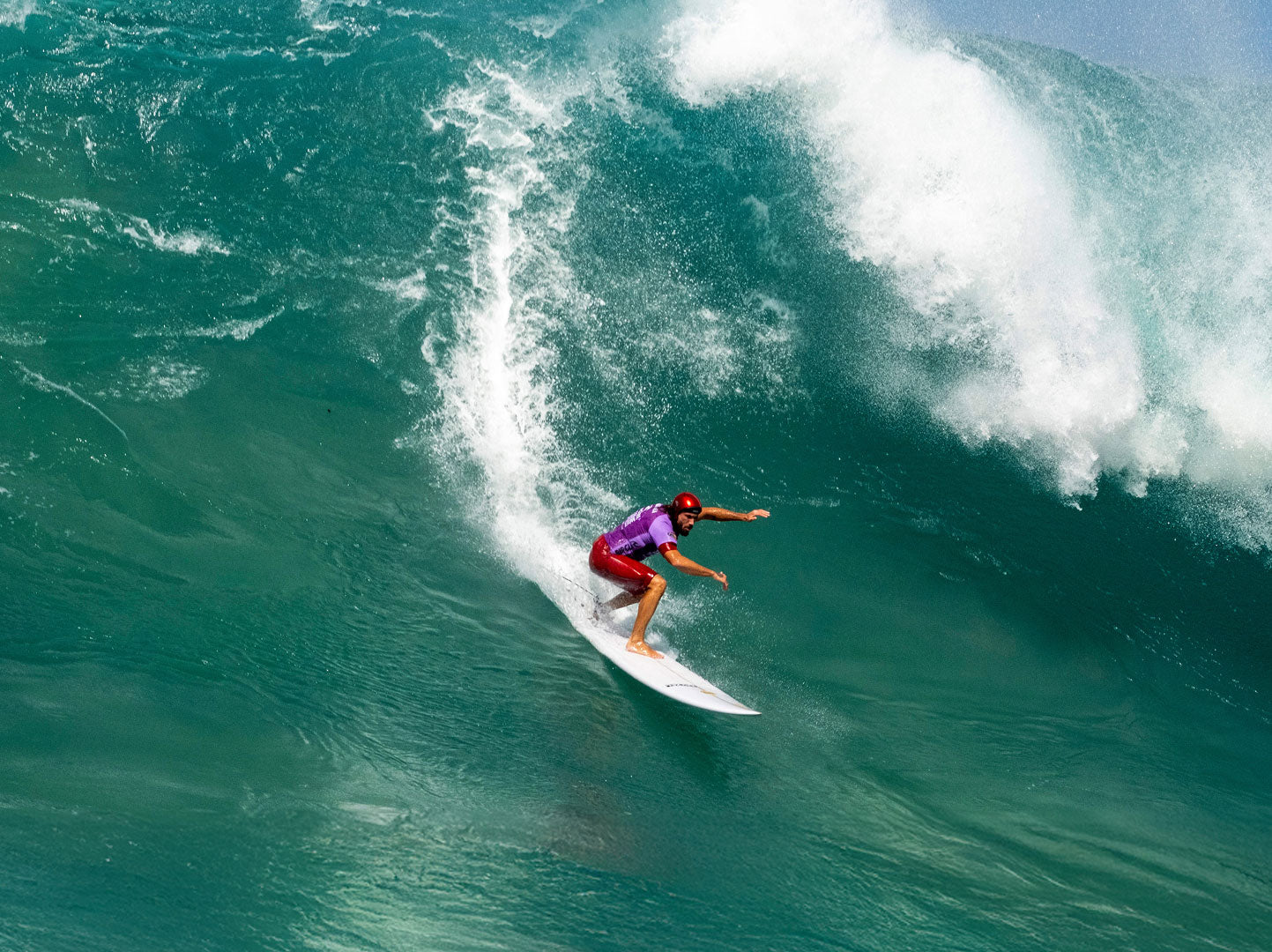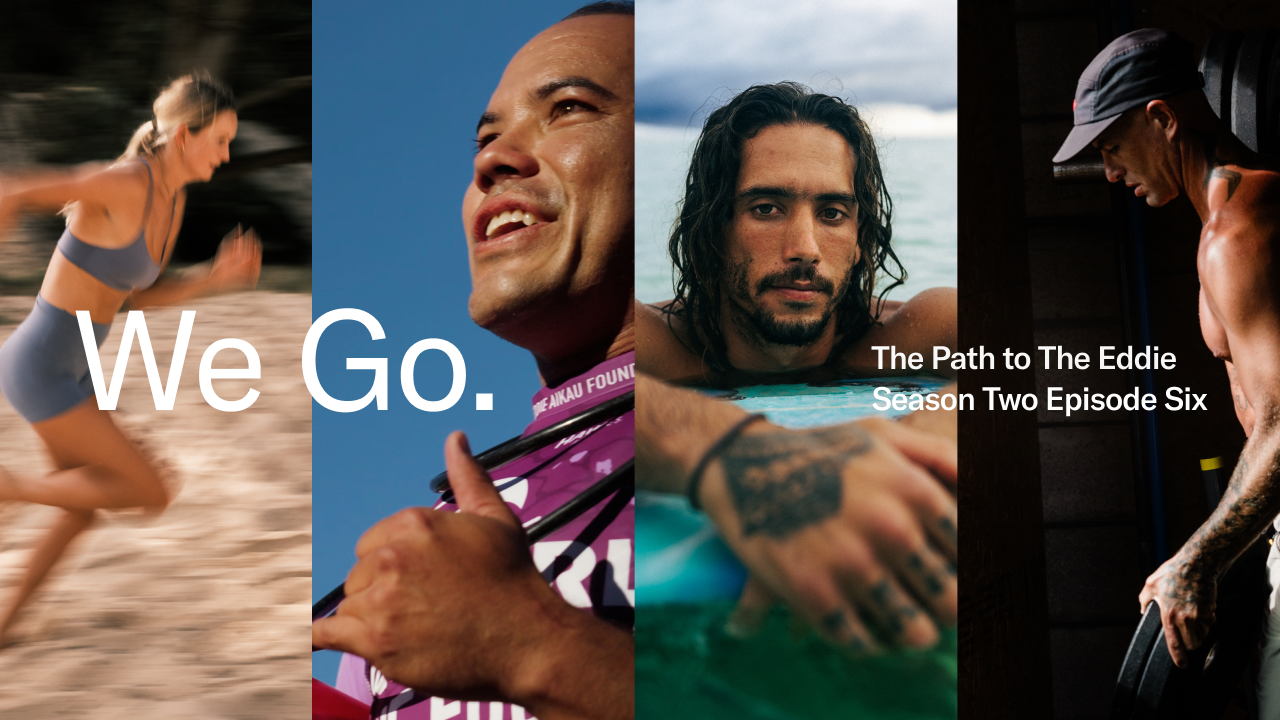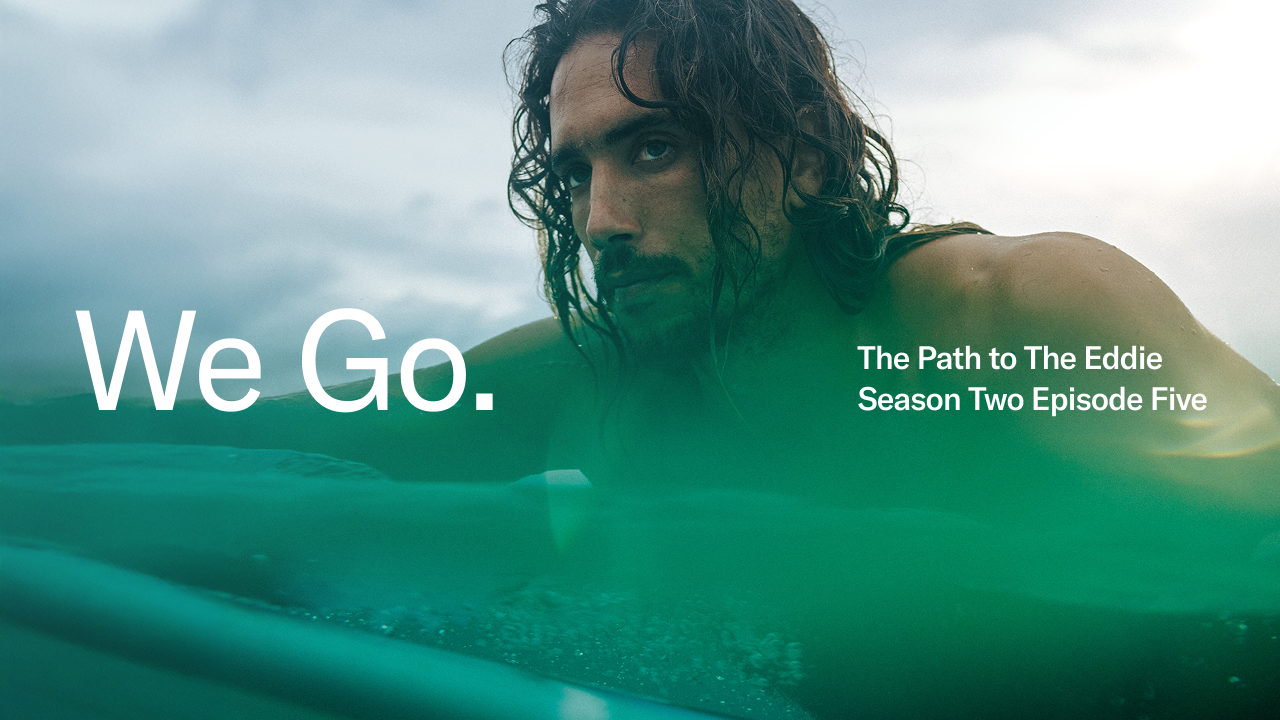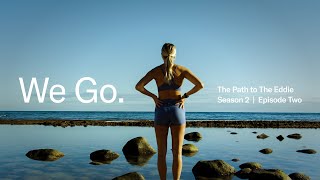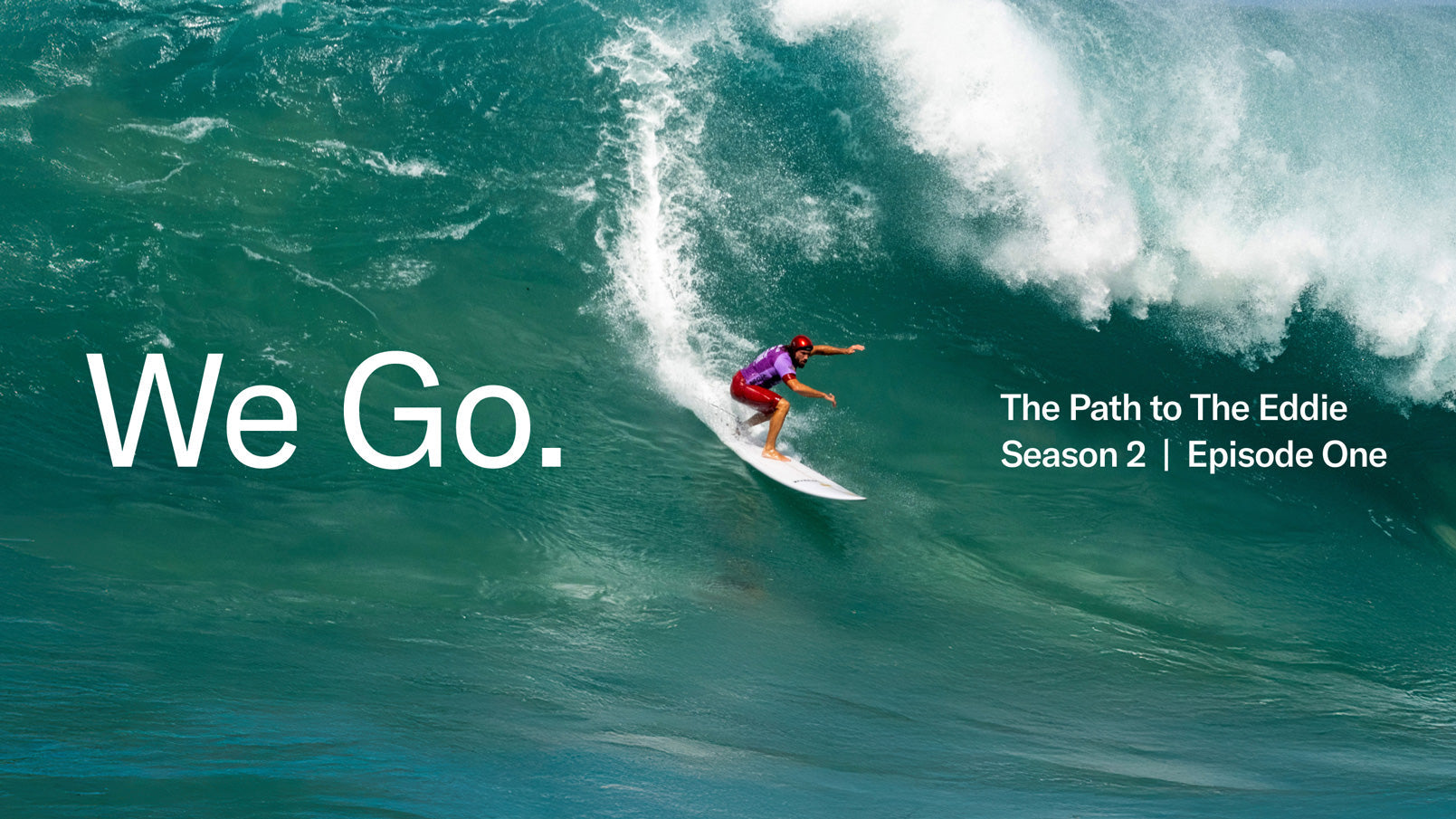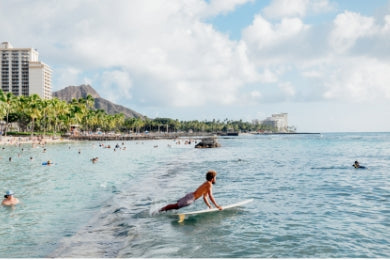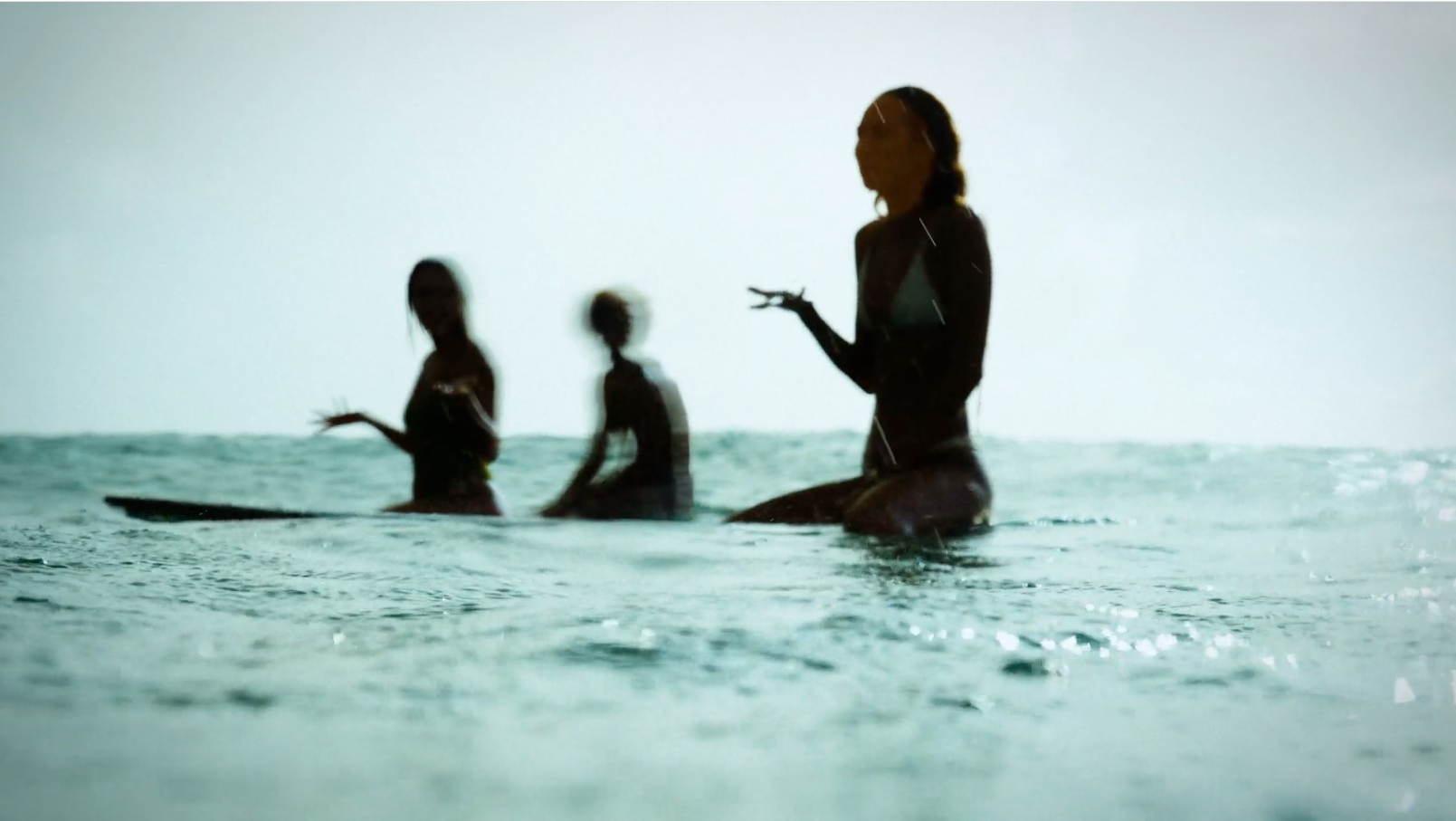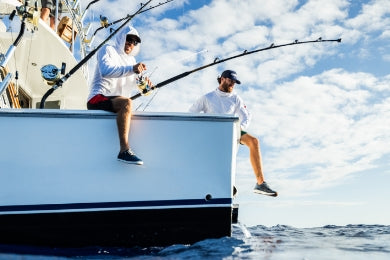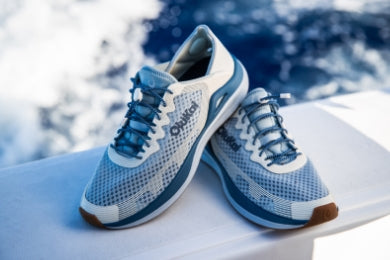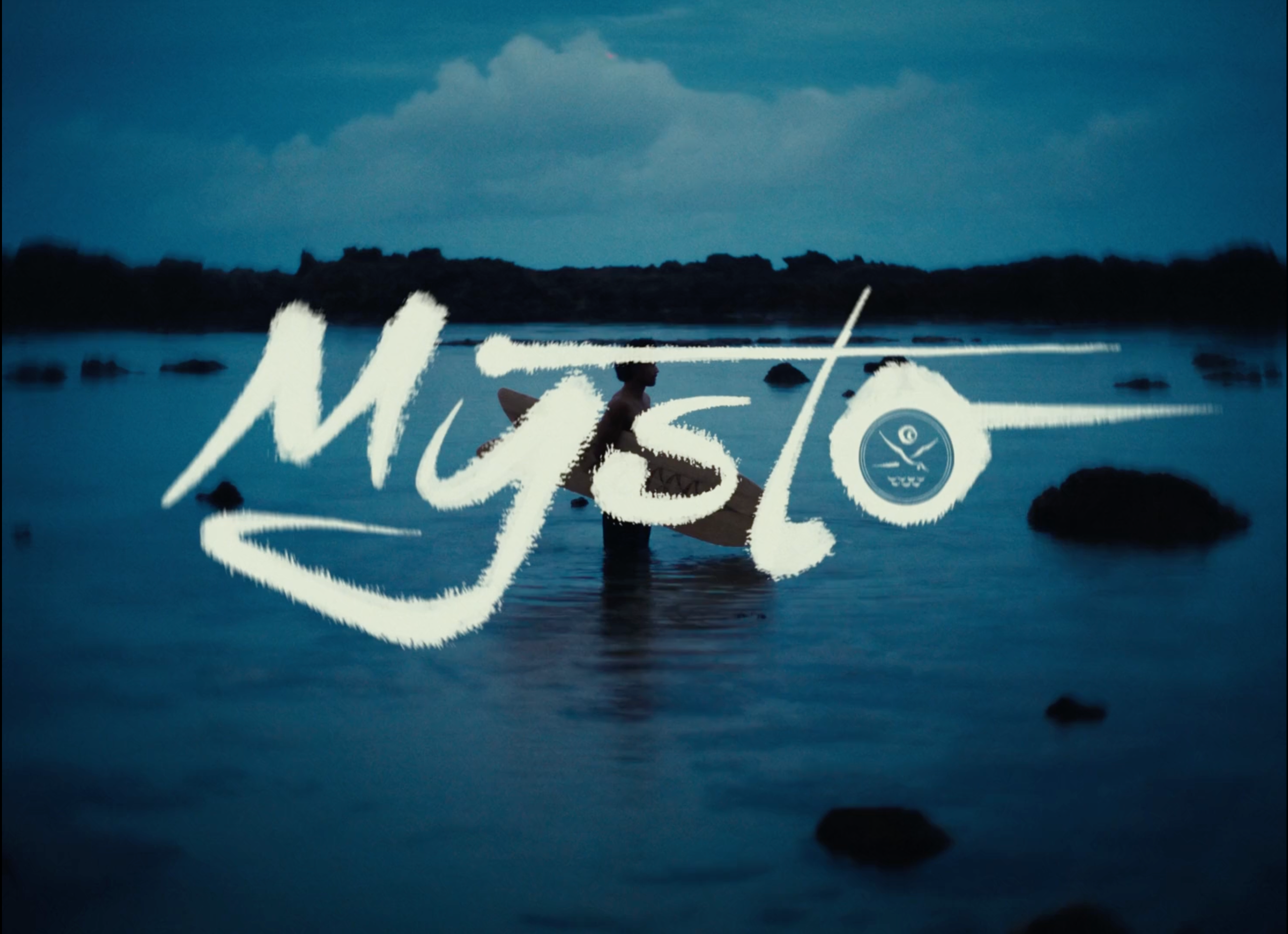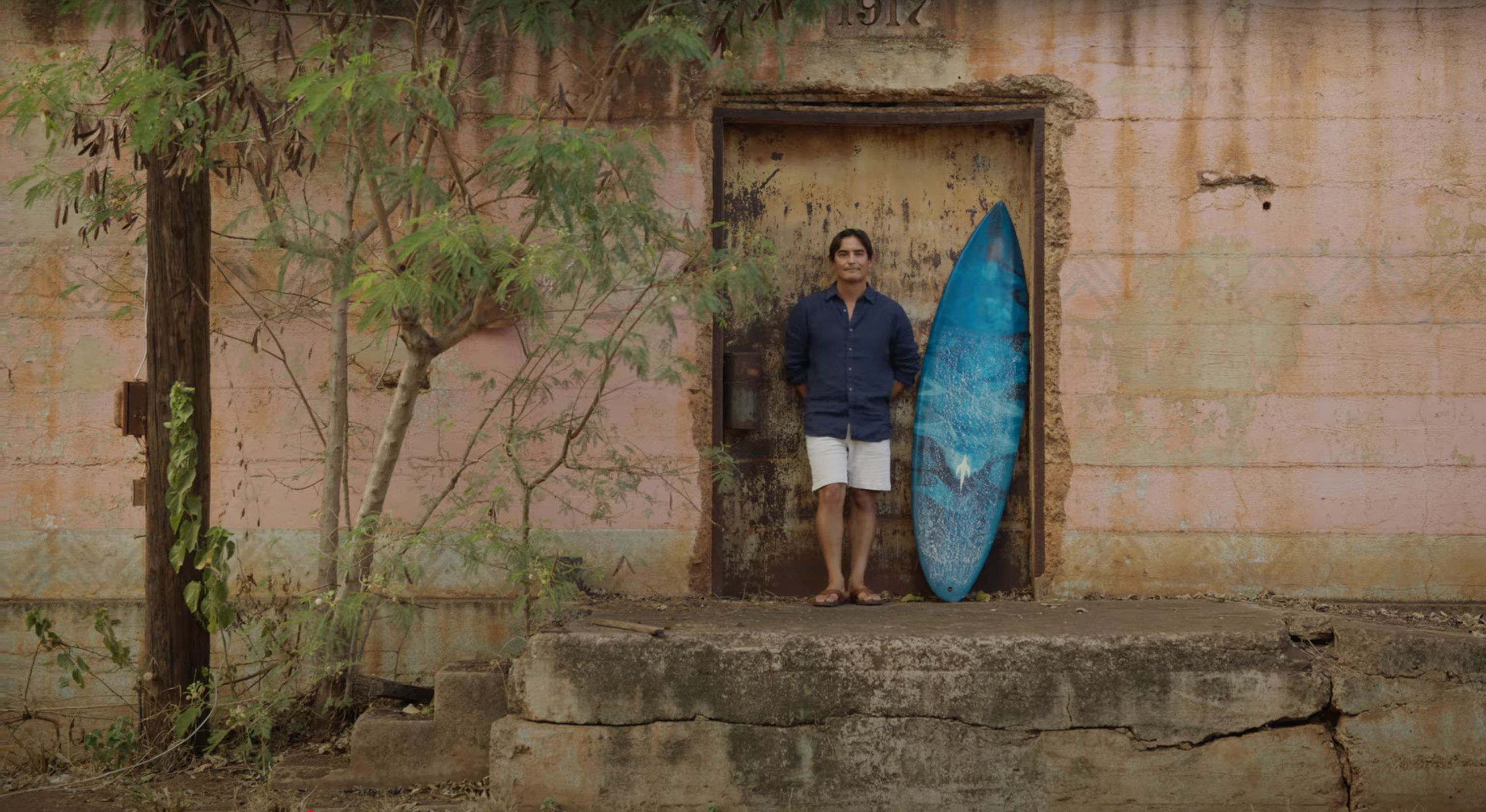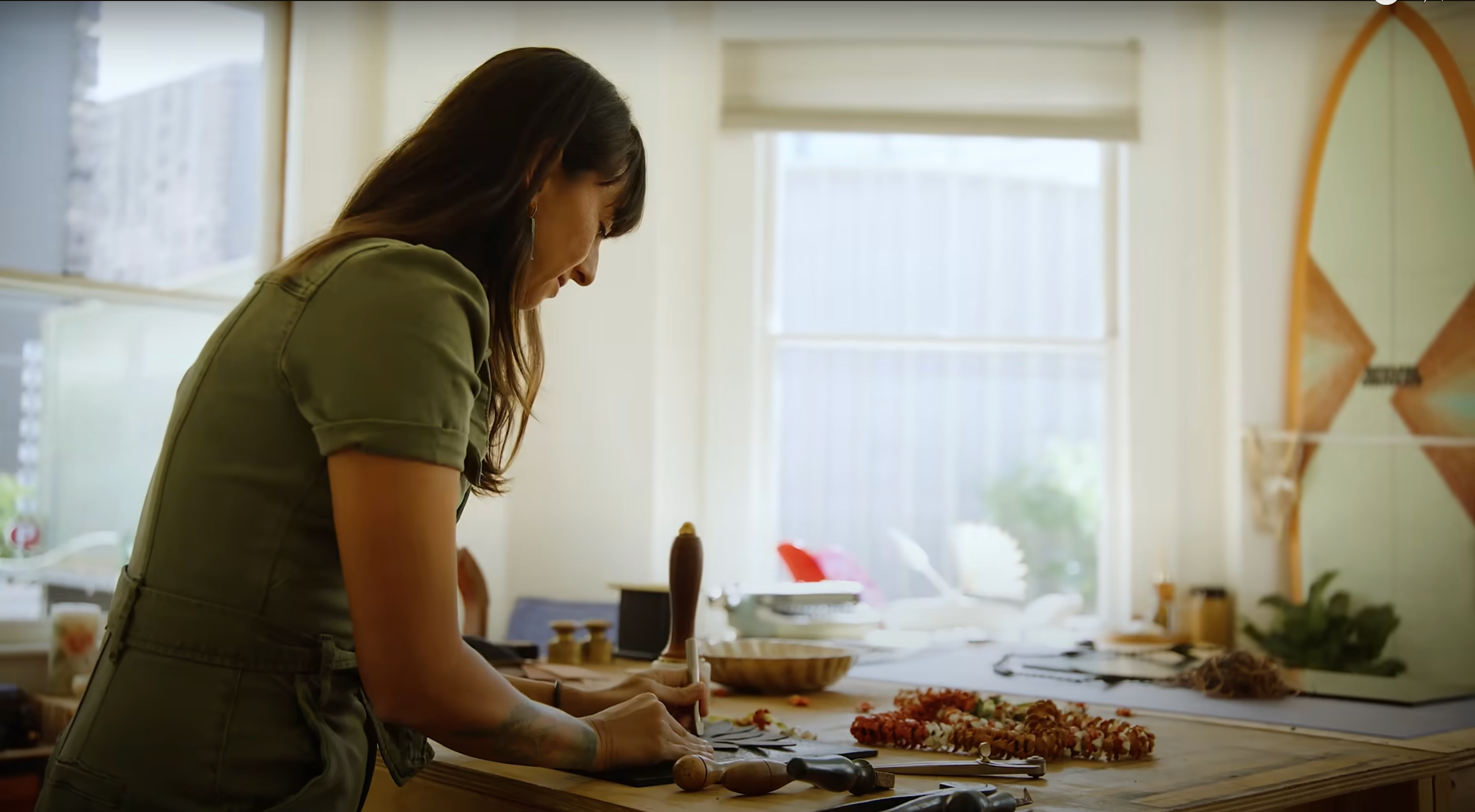 No Hawaiian vacation is complete without witnessing one of the islands' incredible sunsets. And if you time it right, you may even get to see the infamous green flash (you’ll need a near perfect clear horizon for the green ray phenomenon to appear).
Marked by the moment the sun disappears below the horizon, sunsets are a rapid affair in most places, but in Hawaii, they linger long with aftereffects ranging from soft pink hues to vibrant oranges and intense reds and finally deep purple that fades to black. To take in the full spectrum get where you need to be to enjoy the sunset at least a half hour earlier than the projected sunset time, and hang around at least a 20 minutes afterward.
Hawaii’s location somewhat near the equator means there’s very little change in the time the sun sets from one season to the next—about an hour and a half over the course of a year. It can be as late as 7:15pm in early summer or as early as just before 6pm in December.
Fortunately, there are many places on the islands where you can watch the sun set and the beach is nearly always the best spot, with a few exceptions.
Oahu
No Hawaiian vacation is complete without witnessing one of the islands' incredible sunsets. And if you time it right, you may even get to see the infamous green flash (you’ll need a near perfect clear horizon for the green ray phenomenon to appear).
Marked by the moment the sun disappears below the horizon, sunsets are a rapid affair in most places, but in Hawaii, they linger long with aftereffects ranging from soft pink hues to vibrant oranges and intense reds and finally deep purple that fades to black. To take in the full spectrum get where you need to be to enjoy the sunset at least a half hour earlier than the projected sunset time, and hang around at least a 20 minutes afterward.
Hawaii’s location somewhat near the equator means there’s very little change in the time the sun sets from one season to the next—about an hour and a half over the course of a year. It can be as late as 7:15pm in early summer or as early as just before 6pm in December.
Fortunately, there are many places on the islands where you can watch the sun set and the beach is nearly always the best spot, with a few exceptions.
OahuIt’s hard to beat the magic of a Waikiki Beach sunset. Travelers and locals alike flock to the beach in the early evening to stroll, , or take a late-night swim or surf, or listen to live music, which seems to be pumping out of every restaurant or bar on the boardwalk. Due to the angle of the sun in spring and winter, these are the best seasons to catch a sunset at Waikiki. The rest of the year, head to the island’s west side—Makaha Beach Park or Waianae Regional Park—or to Sunset Beach on the North Shore. Maui
There are many awesome places to enjoy a sunset in Maui, but none are as soul searing as West Maui and the Wailea area. You don’t have to leave your lanai at Napili Kai Beach Resort, but the Seahouse Restaurant is a good option if you want to enjoy dinner with your sunset. If you’re staying at the nearby Ritz-Carlton Kapalua, settle in to one of their beach hammocks. In Wailea, it’s hard to imagine a better spot then Makena Bay or from a lanai at Makena Beach Resort. If you want a little more nightlife and people-watching to go with your sunset experience, head to Leilani’s on the Beach at Ka'anapali.
 The Big Island
The Big IslandJust about anywhere on the west side of Hawaii offers an opportunity to take in a breathtaking sunset, especially along the Kohala Coast or anyone of the dramatic beaches near Kona. Many a visitor has declared the Beach Tree Bar & Grill as the best place to enjoy a drink and a view, but if you like wildlife, have a sunset drink in the lovely Oceanfront lounge, Rays on the Bay, at the Sheraton Keauhou Bay Resort where you also get to see Honu, the magnificent sea turtles, and Manta Rays up close.
Sunsets from the Mauna Kea summit are perhaps the Big Island’s most unique and spectacular; the sun sets below the clouds instead of the ocean. You do, however, need to be mindful of the summit elevation—13,796 feet; the atmospheric pressure is 40 percent less than at sea level, which means breathing can be difficult and acute mountain sickness can hit hard.
Molokai
Kaunakakai Wharf is often called Molokai's “lifeline.” Just about everything on the island arrives here, including food and household products from Maui and Oahu, as well as the ferry from Maui. But some say, Molokai's west end beaches are even better. Here you will find Hawaii’s longest white sand beach, Papohaku, and Kepuhi Beach, favored by local surfers and the people who come to watch them while the sun sets.
Kauai
Ke'e Beach, located at the end of the road on the North Shore, is also the closest you can get to the legendary cliffs of Bali Hai. It’s a classic postcard view at sunset: a golden globe bathed in pink hues hovering over the edge of the Pacific, swaying palm and almond trees, a drop-dead gorgeous stretch of white-sand beach and a natural soundtrack featuring the hypnotic percussion of ocean waves. The sunsets are truly beyond glorious.
Lanai
On Lanai, go 6 miles north of Lanai City and get thee to the Garden of the Gods in time for sunset. The Hawaiian name for this area is Keahiakawelo, meaning the "fire of Kawelo." If you’ve ever been to the Southwest, you’ll be stunned to discover the stark grandeur of this enchanting landscape on Lanai. The high elevation provides unfettered views and the red rocks and umber-tinged soil pick up the same glowing radiance you see in the landscape of Southwest Utah or Sedona, Arizona. It’s a truly fantastic and unusual place to see a sunset descend over an otherwise lava strewn or lushly verdant Hawaii.
